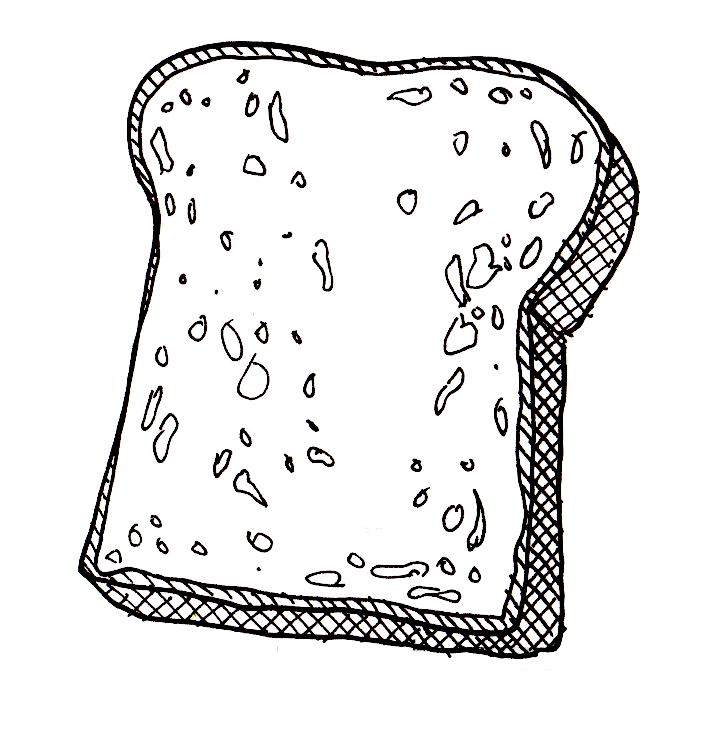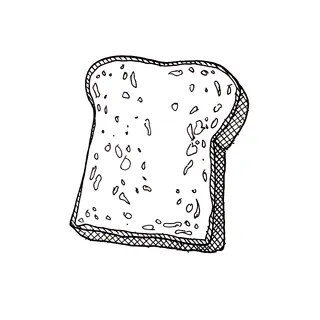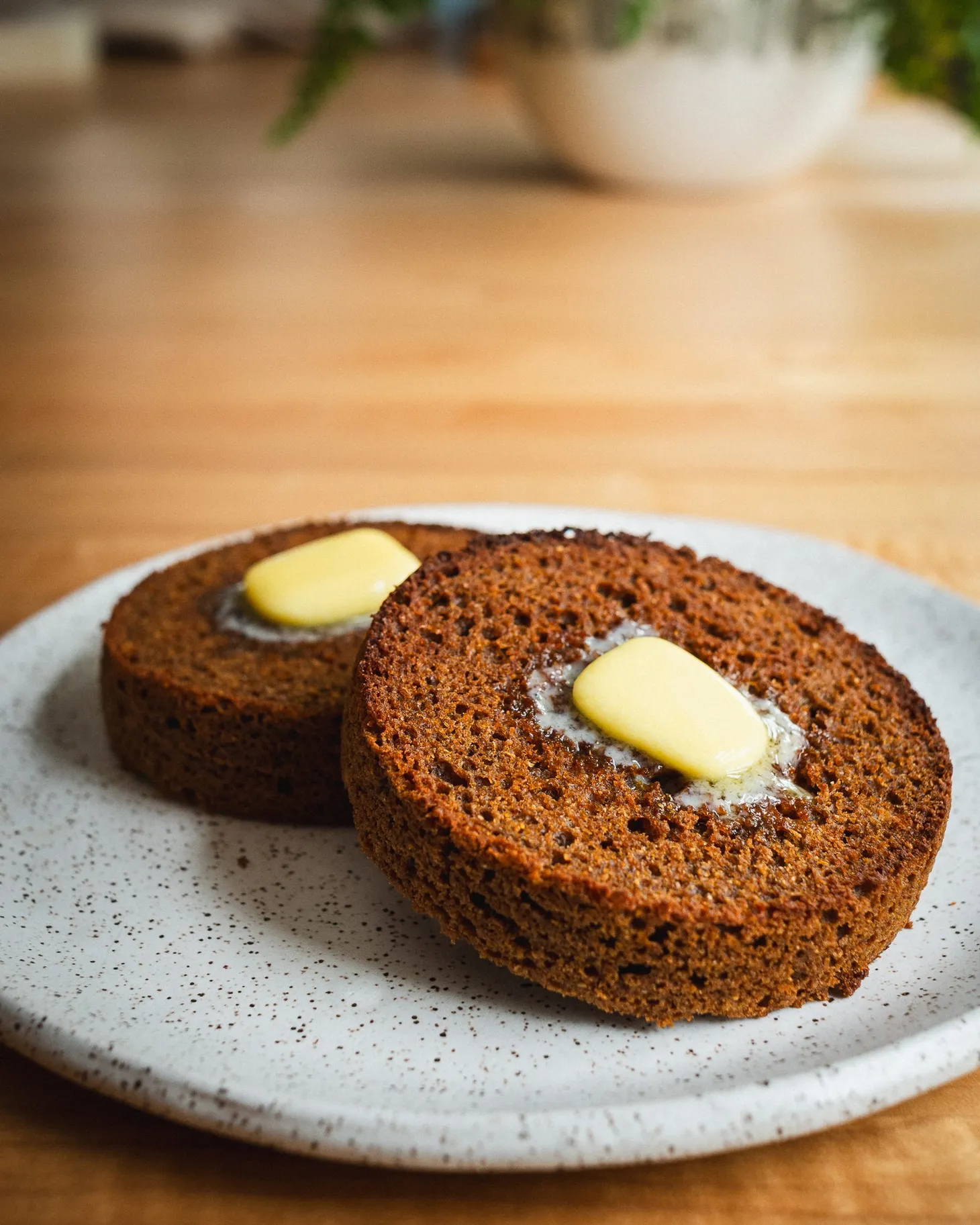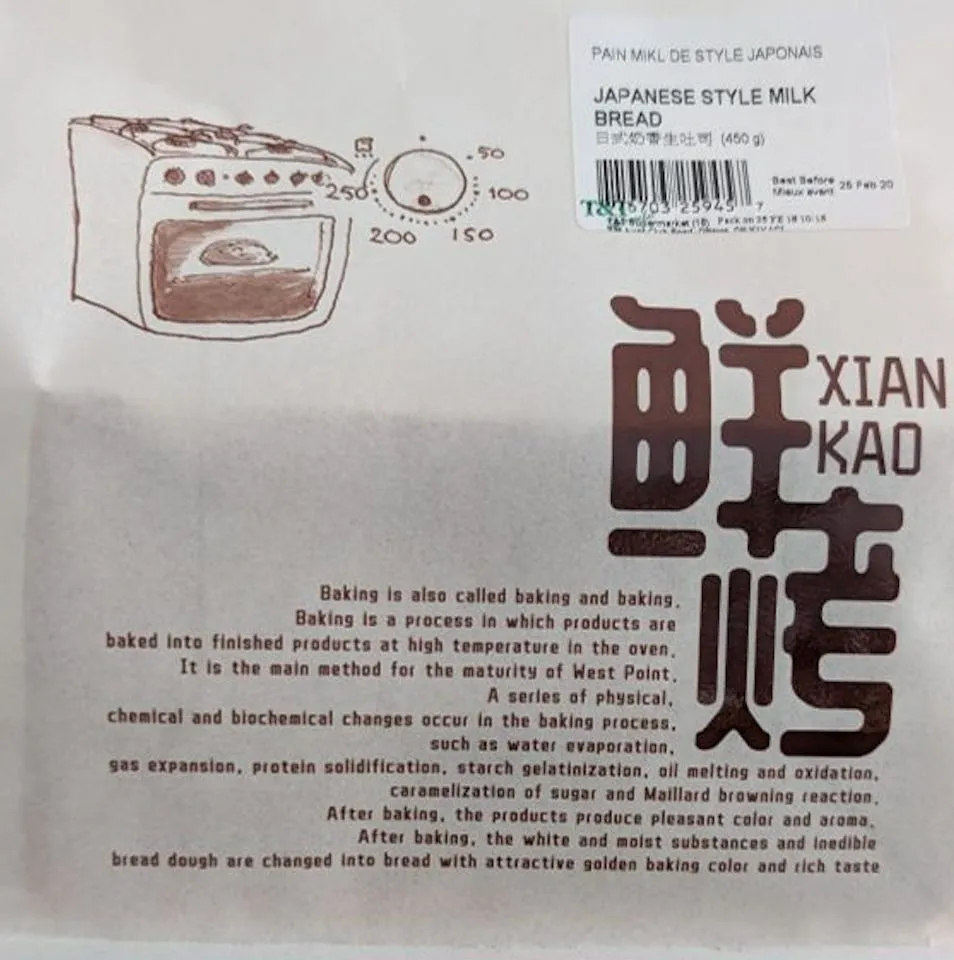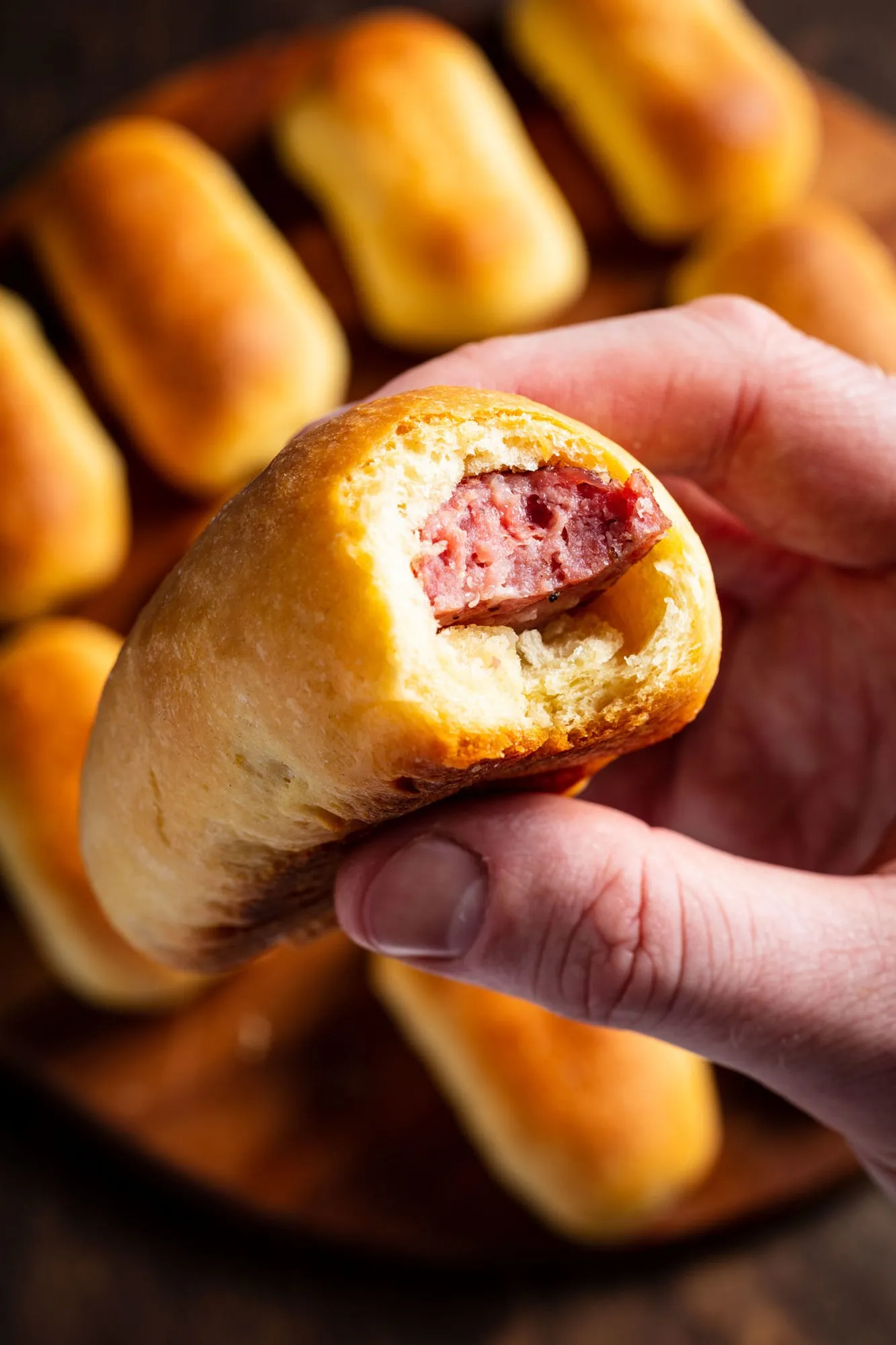Class Time: Sourdough Microbiology 101
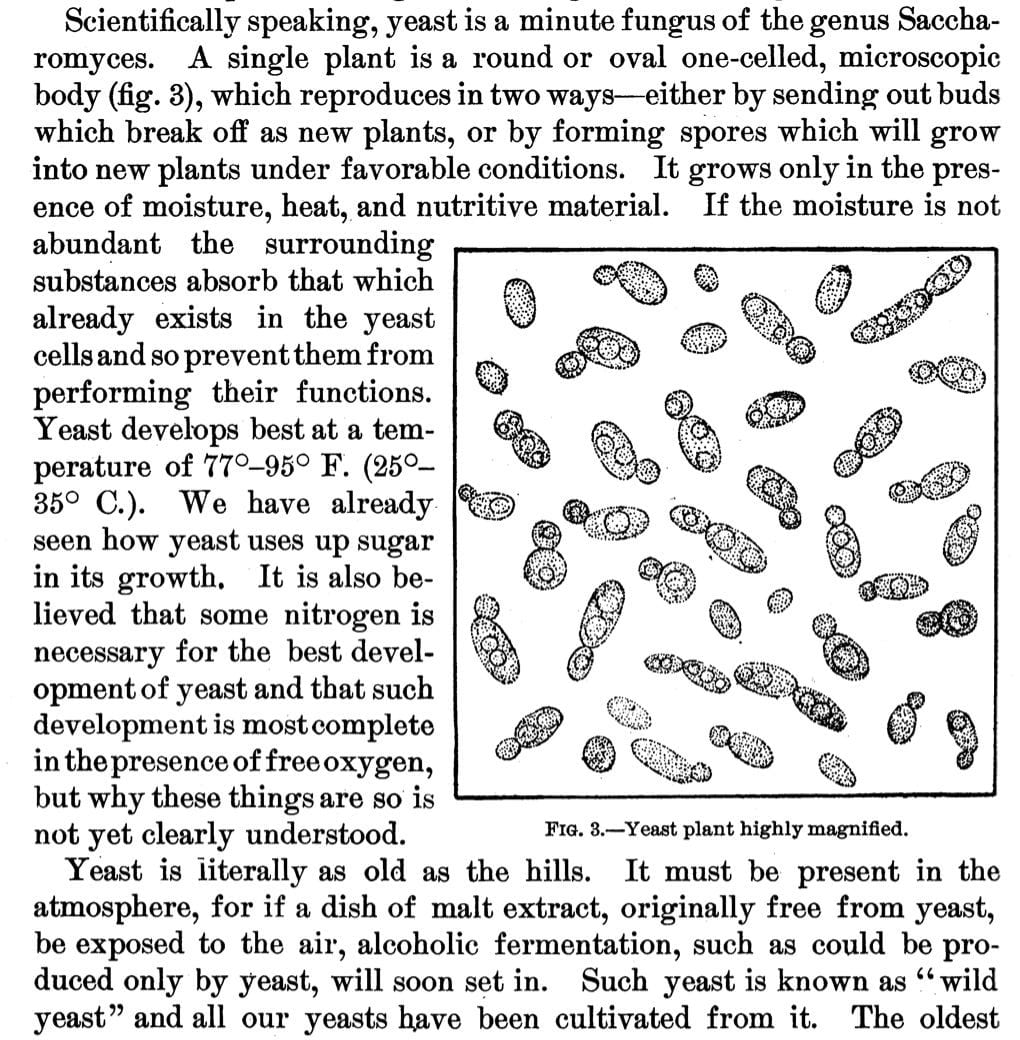
Table of Contents
Later today I am guest-lecturing for Dr. Don Pfister’s Harvard College mycology class, one I took myself back when I was one of his graduate students. He asked me to speak to the class about the Quarantinystarter project, sourdough starters, and sourdough microbiology. Seeing as I had to brush up on the details around all that stuff for the lecture, I figured now would be a good time to also write something up for all of you. Apologies in advance for the technical nature of this post, but there’s no way to further simplify what is a complex subject (and trust me, what follows is actually a simplification).
I’ll have a basic-but-versatile pain au levain recipe for you on Thursday, so stay tuned for that. Hopefully today’s science lesson will help set the table for success with the recipe.
Sourdough Microbiology 101

Yeast is literally as old as the hills.
While understanding what is going on under the hood in a levain or a sourdough loaf isn’t absolutely essential for success as a sourdough baker, it can help, especially when troubleshooting wonky results, or when you want to know how to influence the flavor of your bread via fermentation. (While I touch on some of these flavor-influencing tweaks below, I’ll go into that topic in more detail on another day.)
Let’s look at what happens in yeasted breads first, since though yeast-leavened breads and sourdoughs have much in common, the differences are important. Grains—and the flours milled from them—are filled with starches, which are just long chains of sugars. Those sugars serve to provide the growing grain sprout the energy it needs before it can begin to photosynthesize and make energy on its own.
They also provide food for yeast in a bread dough: During fermentation, the yeasts convert the sugars into energy for growth, which in this instance means making more yeast cells. The main side/waste byproducts of fermentation are carbon dioxide—the primary gas that gives bread dough lift—along with ethanol (alcohol), and modest amounts of lactic and acetic acids, which lend the bread flavor. (These same acids are also produced in the dough by naturally-occurring bacteria present in flour and baker’s yeast.) The acids also serve to strengthen gluten networks to help give the bread structure, while the ethanol also contributes to rise once the loaf is in the oven and it transforms from a liquid into a gas. Trace amounts of other fermentation side-products also contribute to the flavor of the loaf, including alcohols, esters, ketones, and aldehydes.
Baker’s yeast is a pure culture of the species Saccharomyces cerevisiae. A sourdough is instead a mixed, symbiotic culture of yeasts and lactic acid bacteria (LAB) that collectively function in a way to comparable to baker’s yeast. The bacteria consume sugars and reproduce, making lactic and acetic acid—and in some cases, small amounts of carbon dioxide and ethanol—in the process. The yeasts (which may or may not include strains of Saccharomyces cerevisiae) consume sugars to produce mainly carbon dioxide and ethanol, along with trace amounts of the same sorts of fermentation side-products that add flavor to yeast breads.
The differences between sourdough and yeasted fermentations have both to do with the relationship among the microorganisms in the sourdough culture and the diversity of microorganisms themselves, both within and between individual cultures. Thanks to the abundance of LAB present, sourdough fermentations tend to produce far more acids than yeasted ones. This of course lends sourdough breads their characteristic tang, chewy texture, and relative shelf stability (the staling process is slowed down in low pH environments).
The acidity of a sourdough culture is also what gives the culture itself its own stability: A low pH (i.e, acid) environment prevents other microorganisms from gaining a foothold, even though it is exposed to potential contaminants on a regular basis. It’s also why a culture started from scratch almost always ends up becoming a sourdough and not some other assortment of microorganisms: The drop in pH produced by the increasing numbers of LAB weeds out the other microorganisms present, creating an environment that is hospitable only to acid-tolerant yeasts and bacteria.
Even beyond their increased acidity, the flavor of sourdough breads is generally more complex and varied compared to that of yeast-raised loaves, in part because of the variability of microorganisms present in a sourdough. A sourdough culture is never just comprised of one yeast and one LAB, but rather a collection of each, and each created-from-scratch starter contains a potentially different set of organisms, all of which can result in differences in flavor, subtle or otherwise. (The biological diversity of sourdough starters is also a deep topic that I’ll return to in more detail someday.)
How a sourdough culture or a dough is maintained and utilized—temperature, hydration, and inoculation rate—also can have a profound influence on the flavor of the resulting loaf. All else being equal, colder fermentations and/or lower hydrations tend to favor acetic acid production, yielding a more pronounced, “vinegary” tang, while warmer fermentations and/or higher hydrations tend to favor milder-mannered lactic acid production. Similarly, the amount of levain used in a loaf has a direct influence on its flavor, because it determines the baseline level of acidity, even before fermentation begins (in other words: The more levain you put in a dough, the more acids it contains from the get-go).
I hope this all makes sense. Please let me know in the comments if you find anything confusing or in need of more explanation.
- Andrew
wordloaf Newsletter
Join the newsletter to receive the latest updates in your inbox.
